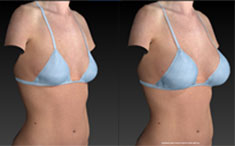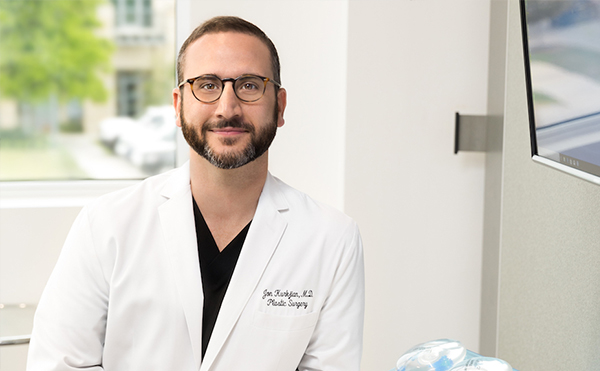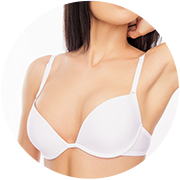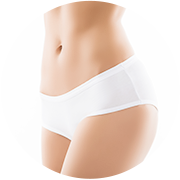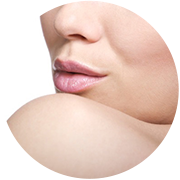 Like many choices in life, cosmetic surgery and non-invasive injectables are not mutually exclusive, but rather complementary options critical to modern facial rejuvenation. Surgery plays an absolutely critical role to facial rejuvenation that no device or injectable can replace. The “knife” enables us to remove excess skin or fat and tighten deep tissues in a manner that can turn back the clock 10 years or more. The various types of surgical options are familiar to most. These are the “lifts”; the face-lift, the neck-lift, the eyelid-lift, and so on and so forth. The injectables, however, are a source of great confusion and intrigue as the indications and benefits of each are less obvious. With every new product and subsequent marketing campaign, the misinformation seems to grow. My hope is to provide some clarity to this increasingly confusing topic.
Like many choices in life, cosmetic surgery and non-invasive injectables are not mutually exclusive, but rather complementary options critical to modern facial rejuvenation. Surgery plays an absolutely critical role to facial rejuvenation that no device or injectable can replace. The “knife” enables us to remove excess skin or fat and tighten deep tissues in a manner that can turn back the clock 10 years or more. The various types of surgical options are familiar to most. These are the “lifts”; the face-lift, the neck-lift, the eyelid-lift, and so on and so forth. The injectables, however, are a source of great confusion and intrigue as the indications and benefits of each are less obvious. With every new product and subsequent marketing campaign, the misinformation seems to grow. My hope is to provide some clarity to this increasingly confusing topic.
Injectables can be categorized into two general classes: Neuromodulators and Soft Tissue Fillers.
Neuromodulators include products such as BOTOX® Cosmetic, Dysport®, and Xeomin®. Most folks just refer to this group of products as “BOTOX”, but that is analogous to calling all tissues Kleenex®. Everyone knows what you mean, but there are actually a few options. Neuromodulators are used to relax various muscles of the face in order to prevent wrinkles and lines that become more obvious with facial expression. It is important to understand that neuromodulators do not fill anything, they only relax muscles. This is a very important aspect of looking better, because if you can relax the muscles between your brows or even around your eyes, you can help prevent those “eleven” lines above your nose and the “crow’s feet” that show up when you grin. Neuromodulators (i.e. BOTOX® Cosmetic, Dysport®, and Xeomin®) are an excellent method to minimize these lines and to prevent them from progressing into deeper wrinkles.
This, of course, begs the question; what can we do about deeper wrinkles? That is where soft tissue fillers fill the void.
Soft Tissue Fillers include products such as JUVÉDERM®, Restylane®, Sculptra®, and many others. These products are made from various materials, but all act to fill in areas of the face that lack volume. Different products can be used differently to treat wrinkles, folds, and even fine lines. Historically, fillers have been used to soften the nasolabial folds or to plump up the lips. More recently, however, our focus has shifted to restoring volume with longer-lasting fillers that are injected deep into the cheeks. This addresses the loss of facial fat that was previously underappreciated in the aging face.
As you can see, the indications for neuromodulators and soft tissue fillers are very specific. Injectables are able to achieve specific aesthetic goals that a surgery cannot. On the other hand, the removal of excess skin and tightening of deep layers of the face can only be achieved through surgery. It is thus this writer’s opinion that the key to finding the best treatment is seeking out the opinion of someone that can actually offer both options, not just the knife or the needle.
– Dr. Jon Kurkjian, Board Certified Plastic Surgeon
Contact Our Office
To learn more about injectable treatments, or if you are interested in scheduling a consultation with Dr. Kurkjian, please contact us today.


